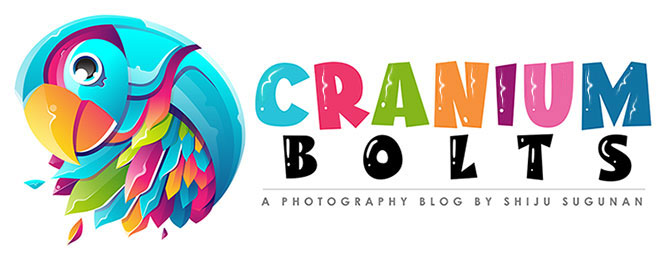Continuing our exploration of coastal Kerala, I am chronicling here our visit to Fort Kochi.
Brief history: The territory of Fort Kochi was granted to the Portuguese in 1503 by the Rajah of Kochi who gave them permission to build Fort Emmanuel. The name Fort Kochi comes from this fort, which the Dutch later destroyed.The Dutch held Fort Kochi in their possession for 112 years until 1795, when the British took control by defeating the Dutch...
Kochi was a fishing village in the Kingdom of Kochi since the pre-colonial Kerala. You can still see a lot of fishing activities around here...
A game of chess shows that life is leisurely and relaxed here...
View from the beach walkway...
Wife tried a wreath a vendor was selling on the Beach walkway...
More fishing action...
Even the egrets were trying their luck at fishing...
Princess Street also known as Loafer’s Corner of Fort Kochi...
Princess street is the most famous street of Fort Kochi which gives a slice of authentic colonial European architecture...
Princess street is the only street that never faced any raid or demolitions in past...
Princess street is a prefect destination for evening walk with numerous western styled cafes, souvenir shops, art galleries and heritage complexes...
A juvenile Lygosoma punctata skink...
Beautiful graffiti at Vasco da Gama square...
You can sit on the benches and watch the ships pass by...
The landmark that causes more public and visitor interest is a series of precolonial Chinese fishing nets on the waterfront...
The Chinese fishing nets are believed to have been introduced by Chinese traders in the early 14th century...
There were more than 100 Chinese fishing nets, though currently only a few remain in working condition...
Sunset through the Chinese fishing nets...
As we headed back, saw beautiful reflections from the boat ride to Marine drive...
The sights and feel of the place was quite enjoyable. Hope you liked the post. Do let me know your thought in the comments section below...
































































